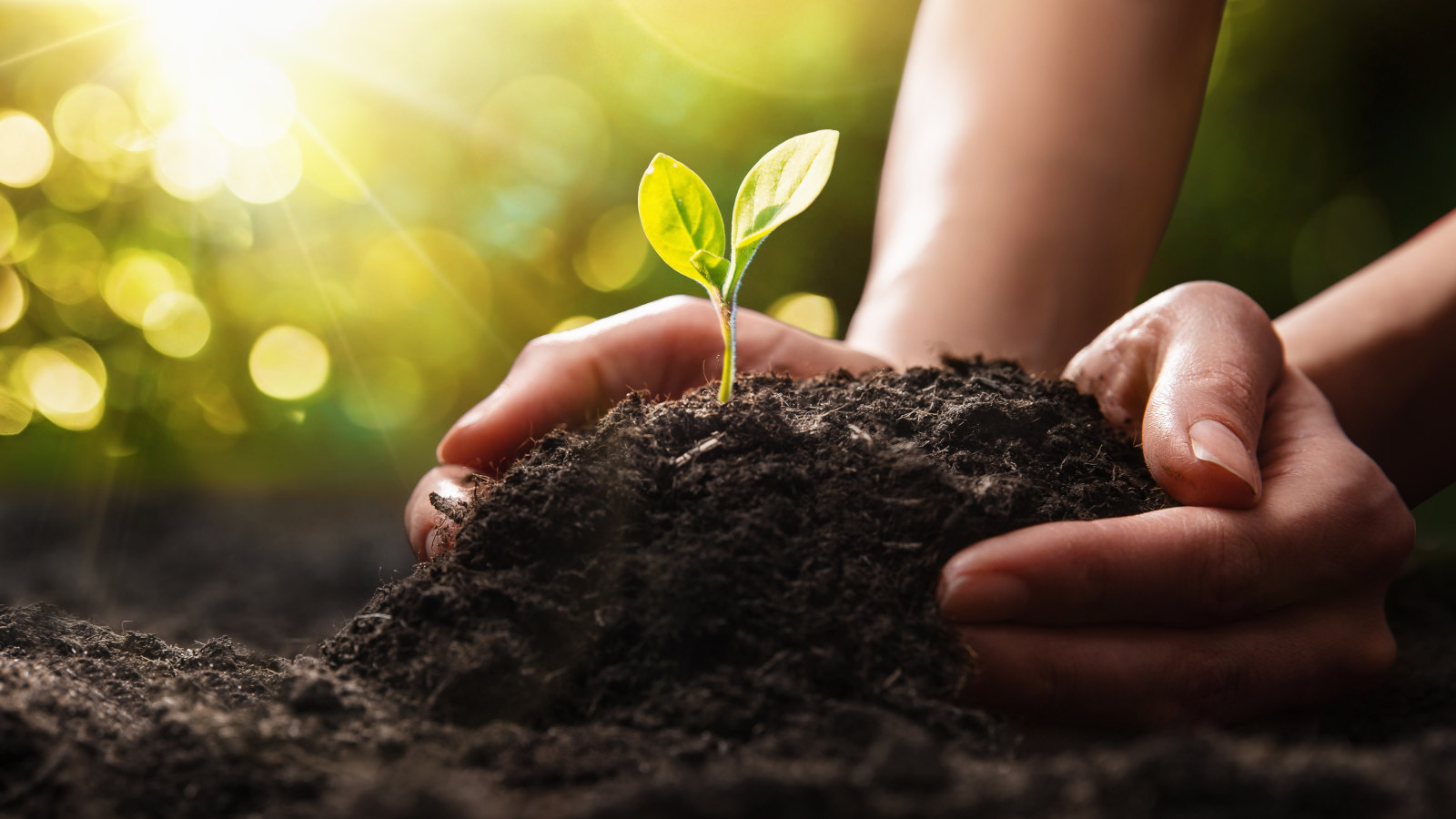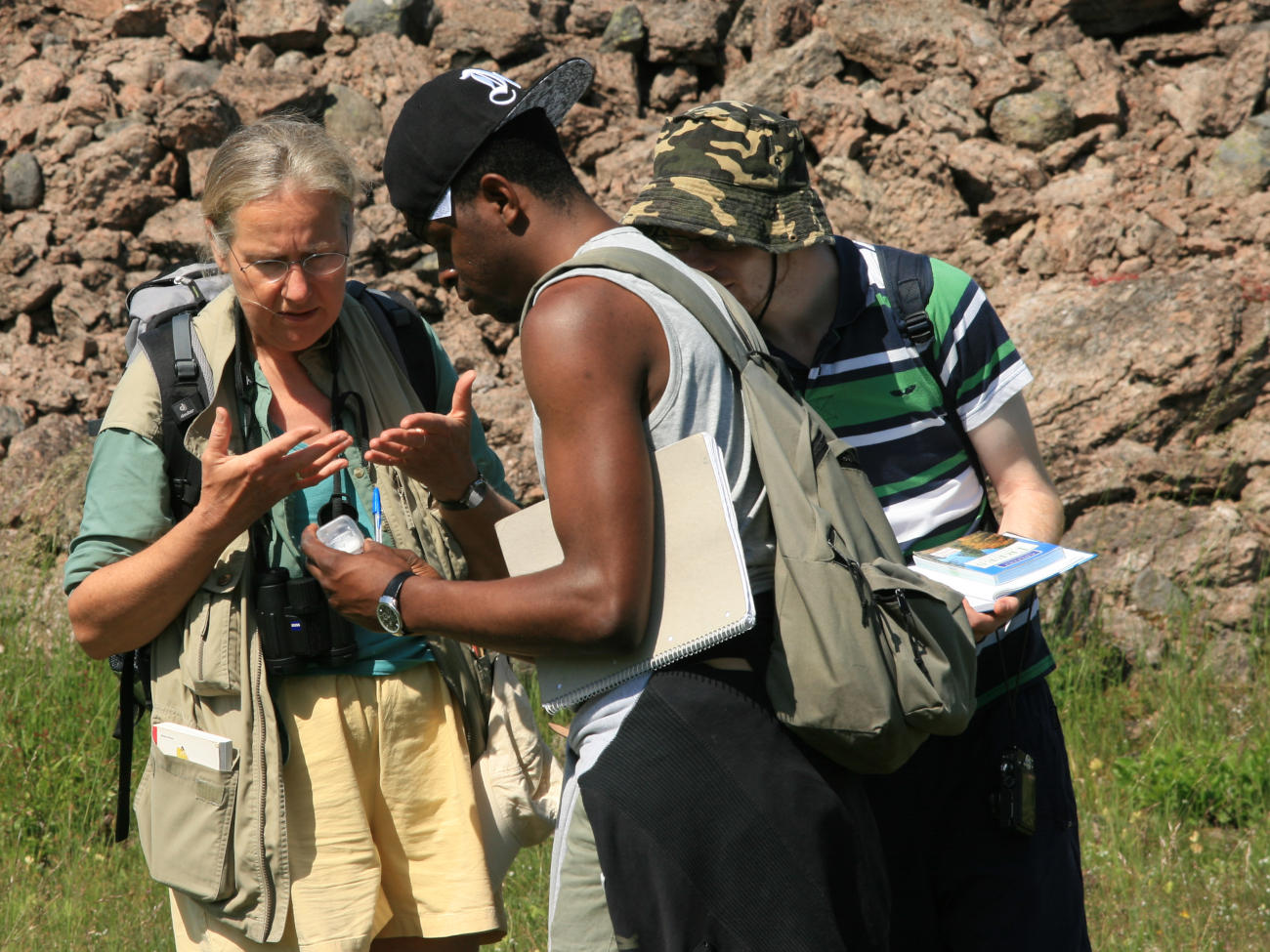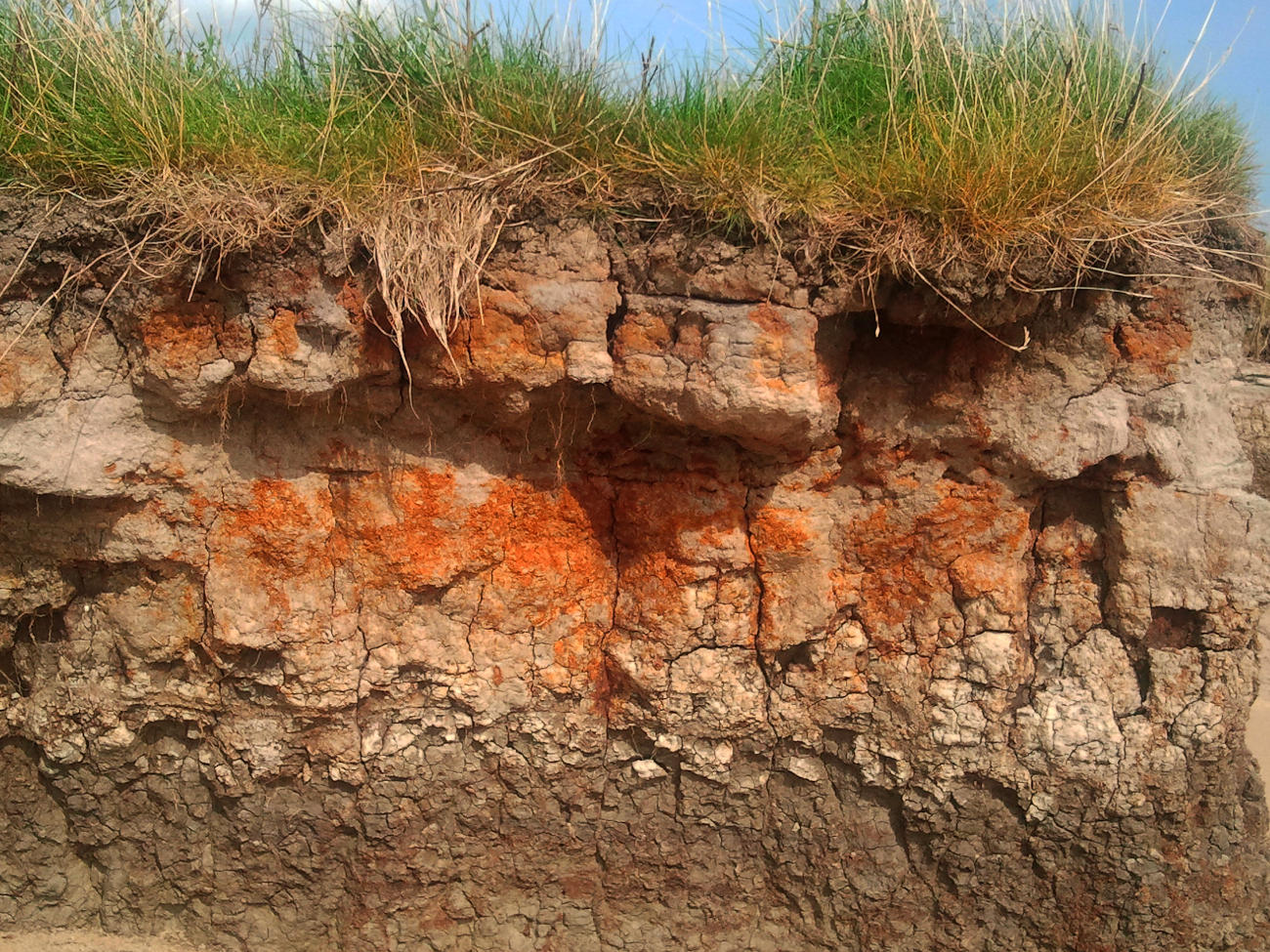
© Pasko Maksim / Adobe Stock
"We Urgently Need to Rethink – and We Need to Do It Now!"
Another effect of the Ukraine war: Soil that actually serves as fallow land for biodiversity is now to be cultivated again.
“Insane, unbelievable, idiotic” – when it comes to the effects of conventional agriculture on soils and their creatures, ecology professor Juliane Filser doesn’t mince her words in an interview with up2date. Filser works at the Center for Environmental Research and Sustainable Technology (UFT) at the University of Bremen and teaches General and Theoretical Ecology within Faculty 2 (Biology/Chemistry).
Ms. Filser, the EU Commission wants to temporarily allow the cultivation of fallow land in Europe, which was supposed to be used to promote biodiversity and protect groundwater, due to the war in Ukraine. You don’t agree with this.
Typically, farmers always withdraw the poor soil from use for such fallow land. In other words, usually soil that is very permeable, sandy, and not very productive. Such poor soil is abandoned because growth on it is limited. If you now take precisely this soil back into conventional use, on the one hand you destroy most of the biodiversity that has grown there. On the other hand, you hardly get any additional productivity, but you pollute the groundwater more. By the way, ecological cultivation improves such soil – but this was not the EU Commission’s objective.
“Much more vegetarian food must be offered - just like our Mensa cafeteria does in an exemplary way.” Professor Juliane Filser
What is certain, however, is that not so much grain and feed will come from Ukraine and Russia in the future. Where should it be grown now, if not here, where it is needed?
This gap can be closed, at least in part, by no longer putting so much grain and feed into meat production. I’m not a strict opponent of meat – but that we need to reduce the amount is something we ecologists have been saying for a long time. We could feed many more people instead of animals if we grew more food instead of feed. Nor should we produce biofuel or similar nonsense from plants. We have already destroyed far too much biodiversity with the insane growth of rapeseed and corn areas, especially here in northern Germany.
German agriculture has been using the local soil very intensively for decades. How would you assess the condition? Surely it varies greatly from region to region?
One can at least make a distinction between the soil of the former GDR and that of the Federal Republic. There are both geographical and political reasons for this. In the east, there is a lot of sandy, light soil that quickly becomes impoverished. In addition, the socialist economy totally depleted the soil with an unbelievable amount of chemicals. I still remember well when I read the first doctoral thesis from the East in my field – my jaw literally dropped. The doctoral student had worked in the area around Halle, and I couldn’t believe how few individuals were left in that soil. Compared to West German soil, it was a quarter at most.

© Jana Seeger
How does it compare internationally?
In Germany, the soil is not quite as miserable as in many other countries. Things are really bad in the Great Plains east of the Rocky Mountains in North America, for example. They are used intensively for agriculture and are completely depleted. Permanent monocultures and heavy use of pesticides destroy more and more nutrients and organic matter. The result is grim. In China, almost 20 percent of cultivated soil is contaminated by toxic substances – about 40 years ago, the figure was only 5 percent. In Germany, the condition of the soil varies to some extent from farmer to farmer. In hop cultivation, where an awful lot of pesticides are applied, you can clearly see the difference between conventional and organic farming. In principle, even nonprofessionals can tell whether a soil is good or bad.
How can you tell?
If I take soil in my hand and it feels a bit crumbly and moist, and also looks dark - we call it typical earthworm soil - then it is relatively healthy. But the more it decays, the more acidic or sandy it is, the less earthworm activity and microorganisms it has, the lower the yield because of the low nutrient content. Such soil is much less able to hold water and break down pollutants. It also lets more through to the groundwater.
The world is slipping further and further into climate change - and so far, it has barely slowed down. What role does soil play in this?
A very big one. Just one example from northern Germany – the drainage of peat soil. We have done a lot of damage in this area in the past. This is because peat soil contains many times more carbon than other soils. When I drain a soil like this, not only does a lot of carbon dioxide escape, but also a lot of methane. This has a 23 times stronger effect on the climate than carbon dioxide! Therefore, from today’s point of view, draining peat soils is just terrible. The regeneration rate of peatland soil is about one millimeter per year and humans drain peatlands and then mine the soil for meters, for example to fertilize their gardens. Awful. Another example is nitrogen fertilization of agricultural soil, which leads to the formation of N2O – called nitrous oxide – when it gets wet. That’s even worse and about 300 times more potent than carbon dioxide.

© Juliane Filser / Universität Bremen
Soil is also referred to as the “poor man’s rainforest.” What does this mean?
The diversity of microorganisms in it is astronomical. I used to explain this to my students with a picture of the starry sky. But even with the naked eye, we can see an incredibly rich world. Every child knows earthworms and moles – but there are also countless beetles, spiders, wasps, flies, mosquitoes, worms, larvae, mites, snails, millipedes, protozoa and nematodes, lichens, mosses, plant roots, and so on. It is estimated that the larvae of flies and midges decompose 30% of the foliage in a beech forest alone.
In terms of Germany: How is the wildlife in the soil doing?
Badly. I am sometimes truly shocked. Of course, there are corners where everything is still fine – in meadows that are managed with restraint, in forests that are left alone. Without having any exact figures now: If I compare the situation 50 years ago with today’s situation, there is a world of difference. That’s why I’m so happy when I come across a place where there is still life. In Bremen-Nord, at the ecological station, for example, this is still the case.
In 2021, the popular science compendium “WARNING SIGNAL CLIMATE: Soil and Land Use” (“WARNSIGNAL KLIMA: Boden und Landnutzung”) was published. In it, you wrote the chapter on intensive agriculture and soil degradation and call for decision-makers to “make bold decisions based on the limits of available resources.” What do you think is essential?
I think a lot of what our current Minister for Agriculture is calling for is very right. For example, the idea of making only fruit and vegetables cheaper by means of government support. We absolutely have to get away from meat subsidies and the completely idiotic export-oriented dairy industry! We produce and consume far too much milk and meat – with all the harmful “side effects” for soil and climate. We must, for example, achieve that much more vegetarian food is offered in schools, canteens, and other public places of communal catering. Just like the Mensa cafeteria of the University of Bremen does in an exemplary way. After all, it’s better for us, and it’s better for the planet. We urgently need to rethink – and we need to do it now!